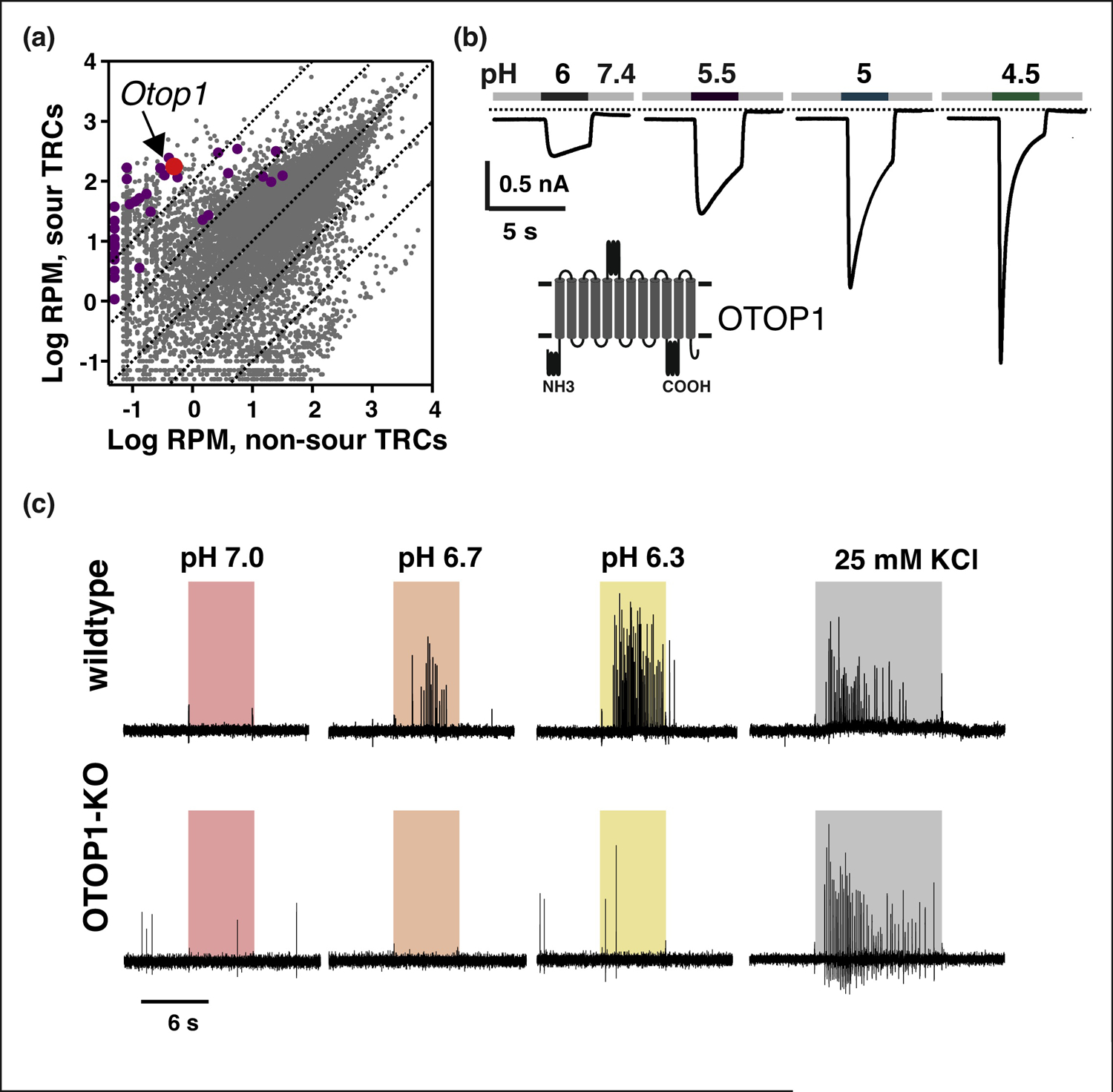Figure 2. Identification of OTOP1 as a sour receptor.

(A) A comparison of transcriptome profiling of sour-sensing taste cells (PKD2L1; Y-axis) with that of non-sour-sensing taste cells (TRPM5; X -axis) identified candidate transcripts encoding novel membrane proteins for functional testing (purple dots). Among these was Otop1 (Red dot), which is >100-fold enriched in sour-sensing taste cells (Modified from [12]). (B) Patch clamp recording of HEK-293 cells expressing OTOP1 shows that OTOP1 is an ion channel that is activated by lowering pH. In these experiments, extracellular Na+ was replaced by the large cation NMDG; inward currents are carried by H+ ions (Modified from [12]). (C) OTOP1 is required for cellular responses of Type III TRCs to acids. Here responses are measured using cell-attached patch clamp recording from genetically identified Type II TRCs from wild-type and OTOP1-KO mice. The response to acids, applied at the times indicated, are largely absent in cells from OTOP1-KO mice. These cells still respond to the positive control, high potassium (25 mM KCl). (Modified from [14]).
